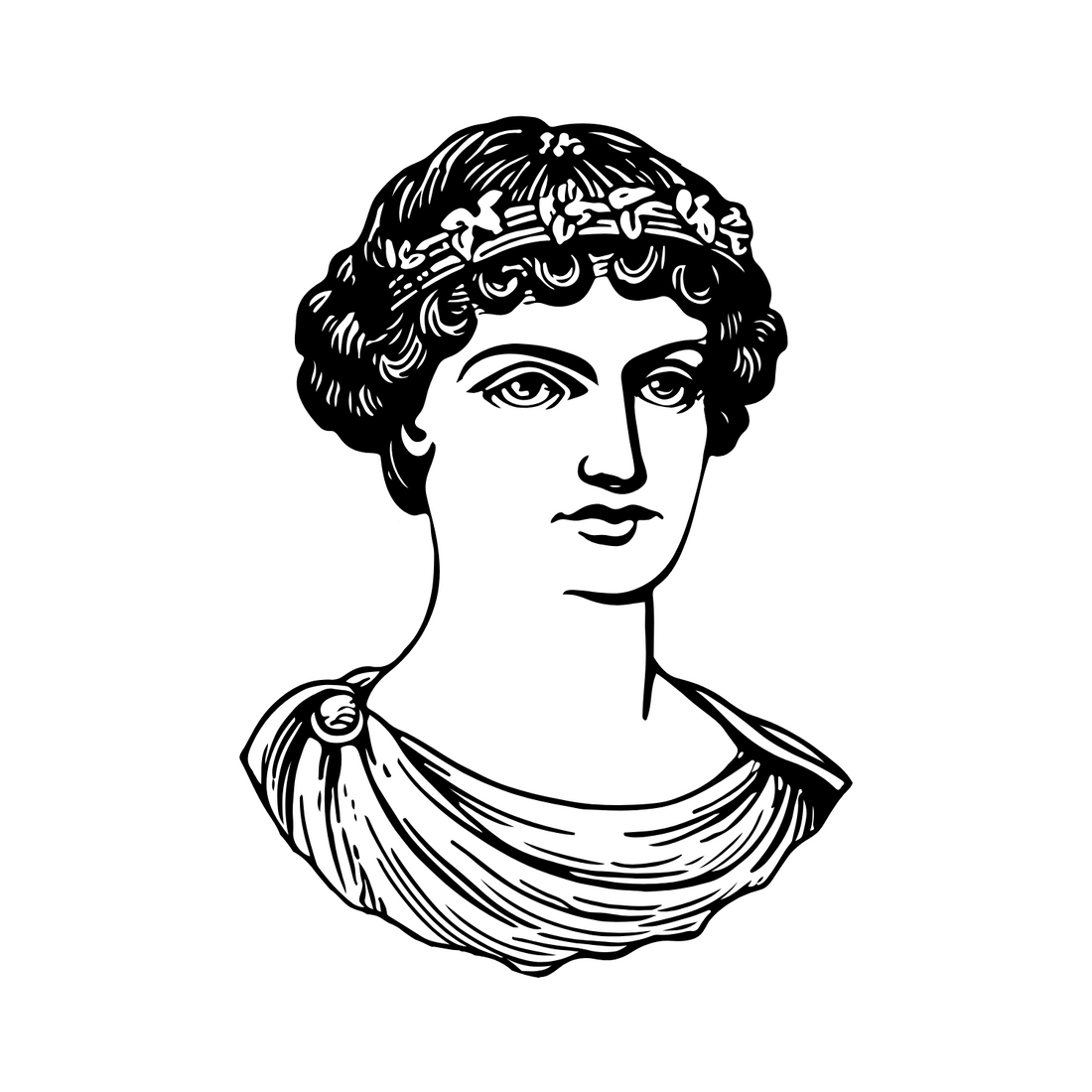
The Meaning Behind the Name: The Ouroboros Journal
The Ouroboros is an ancient symbol that depicts a snake, coiled in a circle, devouring its own tail. Occasionally it is represented as a dragon, sometimes two snakes intertwined, but the symbol has remained, for the most part, unchanged since it was scribed in the ancient Egyptian “Book of the Netherworld” - otherwise known as The Book of the Dead - which was discovered by Howard Carter in 1922 during the excavation of Tutankhamun's tomb. As the earliest known record of the symbol, it places the origin of the Ouroboros around the 14th century BCE, though it is likely to be older.

In antiquity, snakes were considered to be mystical entities which symbolised birth and rebirth, transformation, creation, inevitability, and even protection. Although the Ouroboros is connected to ancient Egyptian burial rites, its name is Greek (Ouroboros means self-devourer) and the symbol holds cultural significance around the world for representing the cyclical nature of life and time. In Hinduism, the Ouroboros is the foundation of the Earth, while in Norse tradition, Jormungandr, the Midgard Serpent, was so large it wrapped itself around the world to bite its own tail. Known for its role in Ragnarok, Jormungandr fought the god Thor in a mighty battle which claimed both their lives - only for a new world to begin.
The Ouroboros is also known as being the oldest allegorical symbol in the study of alchemy; it was adopted by the ancient Greek alchemists of Alexandria to symbolise eternity, endless return and the relationship between time’s beginning and end. Cleopatra the Alchemist was an ancient Greek alchemist, writer, and philosopher of the 3rd century who experimented with practical alchemy; she is one of only four alchemists ever to have been credited with holding the secret to the Philosopher’s Stone - the mythical process of turning base metals to gold and, in doing so, discovering the secret to enlightenment and everlasting life. Her work, known as “Cleopatra’s Chrysopoeia” (Cleopatra’s gold-making), which was considered to be one of the earliest scientific books written by a woman, includes a drawing of the Ouroboros encircling the Greek words One Is All.
Our Ouroboros Journals were given their name because they embody this legacy. Refillable, durable, and designed to hold all of your wisdom - the Ouroboros will endure all of life’s adventures, forever. We like to think that Cleopatra might have liked one for herself…

Find our range of Ouroboros Journals here
